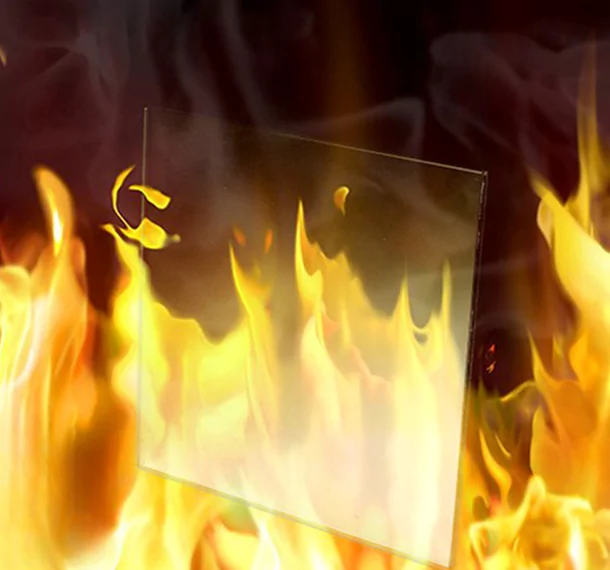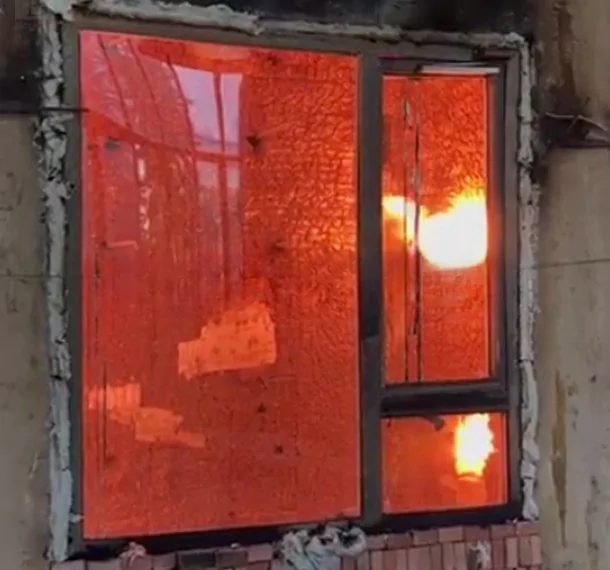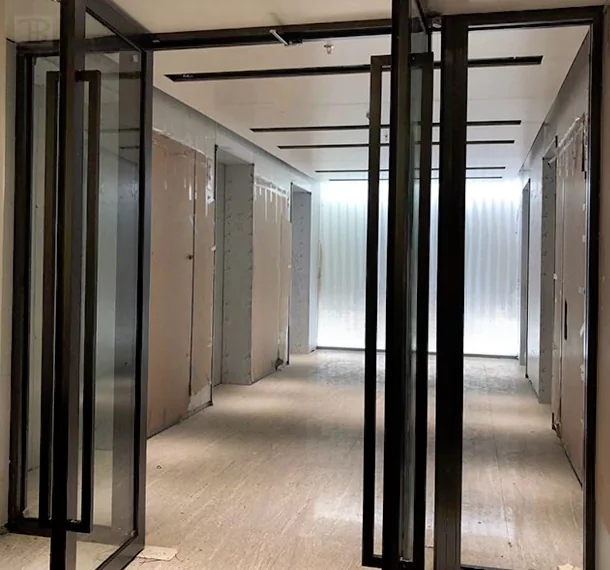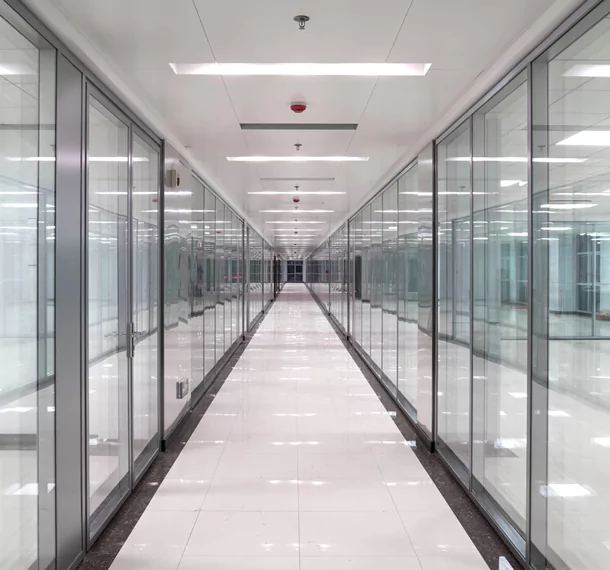Top Fire-Rated Glass Solutions in Kisumu
Fire rated glass plays a crucial role in modern architecture and safety design, serving as both a functional and aesthetic element while providing essential protection against fire hazards. as global standards evolve, the international compliance benchmarks related to fire rated glass becomes increasingly important for architects, builders, and safety professionals. this blog will delve into key classifications, regional mandates, and testing protocols that govern the use of fire rated glass worldwide in Kisumu.
The classification of fire rated glass is primarily governed by en 13501-1 standards in europe, which categorize materials based on their ability to withstand fire exposure. within this framework, two critical ratings emerge: ei (integrity + insulation) and e (integrity-only).
Ei rating: the ei rating signifies that the fire rated glass can maintain both integrity and insulation during a specified period of exposure to heat. this means it not only prevents flames from passing through but also limits the temperature rise on the non-fire side. such properties are vital in environments where protecting adjacent spaces from heat is as crucial as preventing flame spread.
E rating: in contrast, an e-rated product ensures integrity only; it will hold back flames but may allow significant heat transfer through the material over time. while these products may be suitable for certain applications where thermal insulation is less critical, they fall short in scenarios demanding comprehensive protection in Kisumu.
These distinctions is essential for compliance with local building codes and ensuring optimal safety measures are in place.
Regional regulations play a pivotal role in shaping how fire rated glass is utilized across different jurisdictions. in south korea, recent reforms introduced under the 2023 emergency safety system (ess) mandate that partitions must achieve at least 60 minutes of fire resistance. this requirement underscores the increasing emphasis on safety within public buildings—especially those housing large numbers of people or sensitive materials.
On the european front, regulation (eu) no 305/2011 concerning construction products (cpr) establishes uniform conditions for marketing construction products across member states while ensuring they meet specific performance criteria—including those related to fire safety. under this regulation, manufacturers must demonstrate compliance with standardized testing methods before their products can be marketed within eu countries.
These regional mandates reflect a broader trend towards stricter safety regulations globally—an evolution driven by increased awareness of potential risks associated with inadequate fire protection measures.
Testing protocols are fundamental in validating claims made about fire resistant materials like glass. in the uk, bs 476-22 outlines rigorous furnace tests designed to assess both integrity and insulation levels under controlled conditions. this method involves exposing samples to high temperatures while measuring their performance over time—a process critical for determining compliance with specified ratings such as EI or e classifications.
Conversely, ul 263 represents similar testing procedures used widely across north america; however, it incorporates unique thermal shock methods that simulate real-world conditions more closely than some traditional tests might allow for. these methodologies focus not just on how long materials resist flames but also how well they maintain structural integrity when subjected to sudden temperature changes—an essential factor given that fires often involve fluctuating temperatures due to various factors such as ventilation changes or water application during firefighting efforts.
By adhering strictly to these established testing protocols—whether following bs or ul guidelines—manufacturers can assure consumers about their product's reliability under duress while also aligning themselves with international best practices regarding quality assurance measures.
Navigating through international compliance benchmarks regarding fire rated glass requires an understanding of various classifications like EI versus e ratings along with awareness surrounding regional mandates such as south korea's ess reforms or europe's cpr requirements—all supported by robust testing protocols including bs 476-22 and ul 263 standards respectively.
As architects continue designing safer buildings equipped with advanced technologies—including innovative glazing solutions—the importance placed upon rigorous adherence toward these industry benchmarks cannot be overstated; doing so not only safeguards lives but enhances overall peace-of-mind when it comes down ensuring adequate protection against unforeseen emergencies involving fires within constructed environments around us today!







